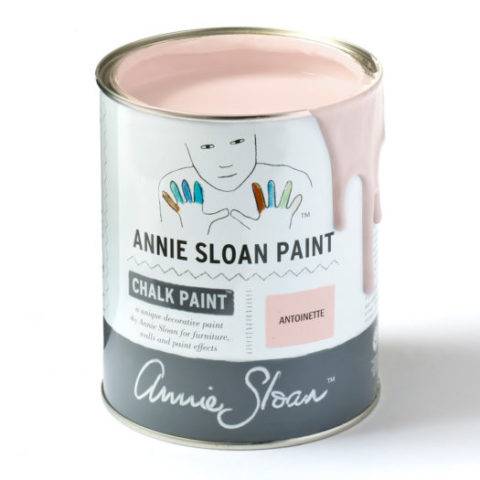

They offered a poetic interpretation of the surrounding nature and wildlife, or transcriptions of local legends and proverbs. Antoinette Lubaki’s works were often figurative, sometimes abstract, and depicted scenes of everyday life.

The two artists painted quickly, frenetically, without any precise model or consideration for perspective, background or shading. It is said that the couple painted at night, by candlelight, because a Congolese saying forbade the telling of legends or fables before sundown. It was also around this time that Antoinette Lubaki started to paint, signing her works “Antoinet”. Thiry suggested that he reproduce his works on paper and to this end provided him with the necessary equipment. Hoping to preserve this ephemeral art, G. While on a mission in the province, the modern art enthusiast became captivated by a painting Albert had made on the wall of a hut, using rudimentary brushes and natural pigments such as charcoal, coloured earths and kaolin.
#ANTOINETTE PAINTING FREE#
This painting was completed by Vigée Le Brun circa 1788, just five years before Marie Antoinette was executed by guillotine during the French Revolution.Antoinette Lubaki – whose name is very often unknowned or simply associated with that of her husband, the painter Albert Lubaki – is part of a group of pioneering Congolese artists from the late 1920s, among them Albert Lubaki and Djilatendo, who laid the foundations for modern Congolese art by producing its first known works on paper.īorn in the Katanga province (at the time a part of the Congo Free State) to the chief of the village of Kabinda, Antoinette Lubaki met the Belgian administrator Georges Thiry in 1926 through her husband, who sold ivory figurines along the railway between Port-Francqui (now Ilebo) and Élisabethville (now Lubumbashi). Though the painting was well received by Marie Antoinette’s aristocratic parents and the French court (even helping to get Vigee Le Brun officially accepted in the Academie Royale in France), it did not help the queen’s already damaged reputation in the court of public opinion. Unfortunately, it was too little too late for Marie Antoinette. Though the artist painted at least 30 portraits of the queen, this dignified painting was specifically intended to reaffirm her status as monarch. Unlike many of the more informal portraits that Vigée Le Brun painted of the French monarch and her children, this painting was formally commissioned by Marie Antoinette’s mother to depict her reign as the Queen of France. Her crown peaks out from the right side of the portrait, sitting atop the table, a constant reminder of her position and power. Though she still sports her iconic powdered updo and a feathered cap. The queen is dressed in royal blue, what for her would be considered relatively modest attire, compared to earlier portraits. She is surrounded by a stately room, adorned with massive marble columns that echo the queen’s regality, an intricate floral carpet, and richly colored drapery. A now infamous historical figure, this full-length oil portrait of the French monarch features her seated at a red velvet swathed table, holding a book stamped with the coat of arms of her imperial Austrian family and her French husband’s family, to indicate their political alliance.

Marie-Antoinette was the Queen of France in the period preceding the French Revolution, reigning beside King Louis XVI from 1774 to 1792. Not unlike Marie Antoinette, Vigée Le Brun was a maverick in her field, known for blazing her own trail and often shirking the rules. As was often the case in the 18th century, a woman in the arts and a woman in politics were not common in France. Though they may have come from very different backgrounds, these two women faced some parallel adversities. Vigée Le Brun was the official portrait artist for Marie Antoinette, painting the French monarch numerous times in an array of agreeable scenes in an attempt to soften her image in the face of widespread public critique. Marie Antoinette-a woman who perhaps needs no introduction-is the subject of this historic portrait by French artist Louise Élisabeth Vigée Le Brun.


 0 kommentar(er)
0 kommentar(er)
